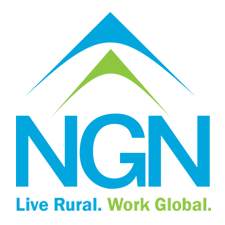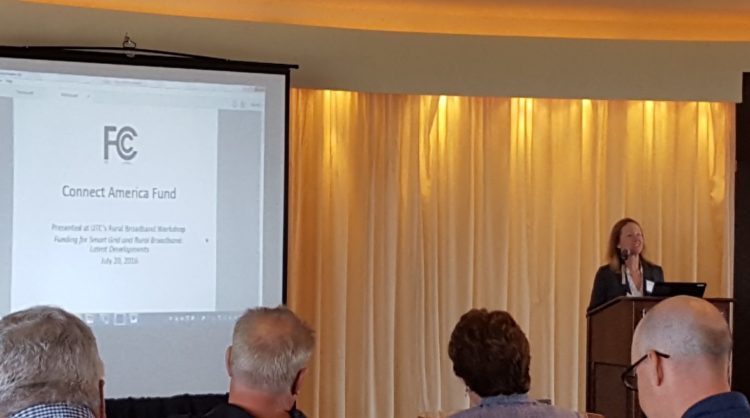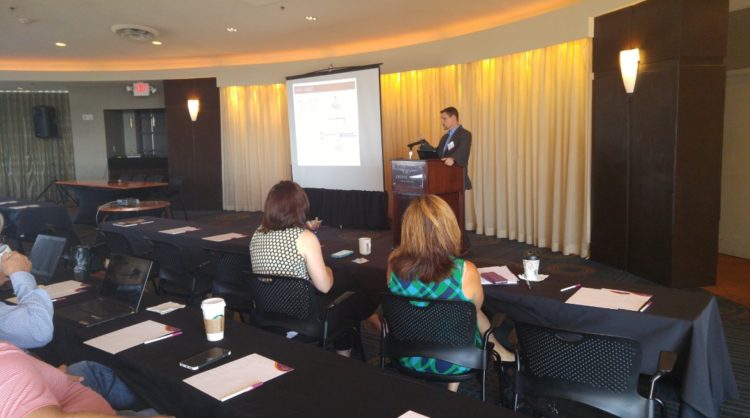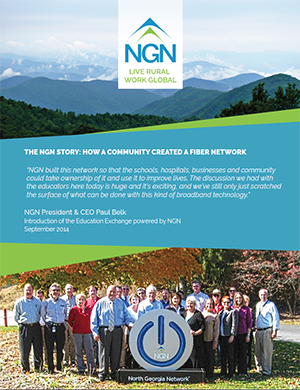The Rural Broadband Council (RBC) is an independent operating unit of the Utilities Telecom Council dedicated to promoting opportunities for utilities to bring robust, reliable and affordable broadband services to rural America. The RBC recently hosted an important Rural Broadband Workshop in Kansas City, Missouri. NGN’s Vice President of Market and Member Services, Michael Foor, represented NGN at the conference and took part in many important discussions on how to continue to move rural broadband initiatives forward nationwide.

The conference brought together an impressive roster of speakers from a multitude of organizations including the FCC and a variety of service providers, cooperatives, utility companies, engineers and federal funding experts. The agenda featured a variety of rural broadband topics including deployment, funding, regulatory issues, technical challenges, regional network interconnection and business strategy.
One of the highlights of the workshop was the “Funding for Smart Grid and Rural Broadband: Latest Developments” session presented by Carol Mattey, Deputy Bureau Chief at the FCC, Jonathan Claffey of the USDA Rural Utilities Council and Cliff Bolstad of CoBank.
Carol Mattey explained the fundamental changes that the FCC’s Connect America Fund is undergoing, which could create new opportunities for utilities to access funding. During the session she also shared an update on the CAF’s upcoming auction .
Jonathan Claffey dove into what electric coops currently have resource-wise that can help address America’s need for rural broadband. He explained that the USDA’s Rural Utilities Service (RUS) offers funding through low-cost loans to support smart grid investments.
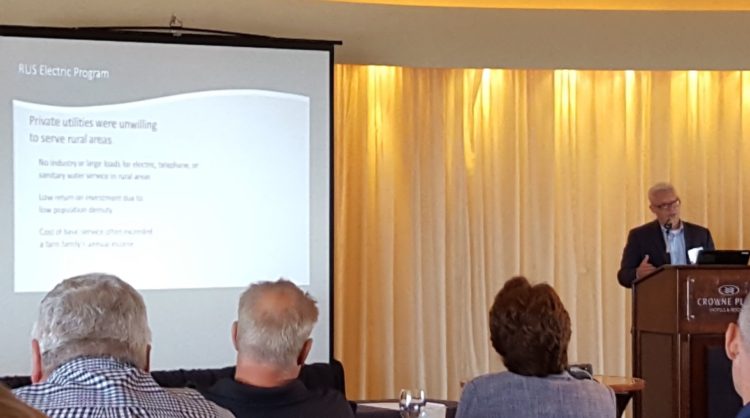
USDA’s Jonathan Claffey explains electric coops have what it takes to address America’s rural broadband need.
Cliff Bolstad closed the discussion with an outline of how CoBank supports electric cooperatives and presented examples of a number of the investments that are currently being made through their aid.
During the conference, Michael Foor joined Timothy Lewis of Sho-Me Power and moderator Brett Kilbourne of the Utilities Technology Council to discuss how rural utilities can play a vital role in “Interconnection for Regional Networks.” The panel focused on the opportunity that local distribution utilities, electric cooperatives and municipalities with FTTH networks and retail broadband services have to form regional networks through shared infrastructure.
Michael presented many of the key things learned from the launch of NGN’s network, which was built with the support of Habersham Electric Membership Corporation (HEMC) and Blue Ridge Mountain Electric Membership Corporation (BRMEMC). He described how the NGN team tackled the challenges that often come with the preliminary stages of fiber network development, including the need to adopt a competitive mindset, build a consensus among the stakeholders and convince members to support continued growth.
He also explained the hurdles faced by utilities when offering fiber to their communities, citing the regulations related to electric cooperatives and utilities’ lack of fiber network design, implementation and operational knowledge. He proposed the NGN model as one that mitigates the regulatory risk and provides network expansion planning, Tier 1 & 2 support, 5-10 year replacement plans, wireless training, network administration support, government relations and targeted marketing.
(Learn more about how NGN’s network was built with the help of our members in our latest ebook.)
We would like to thank RBC for bringing together the leaders in rural broadband for a very informative and educational workshop! Our NGN team looks forward to continuing these important conversations as we take a strong approach to advancing broadband availability in America’s rural communities.
